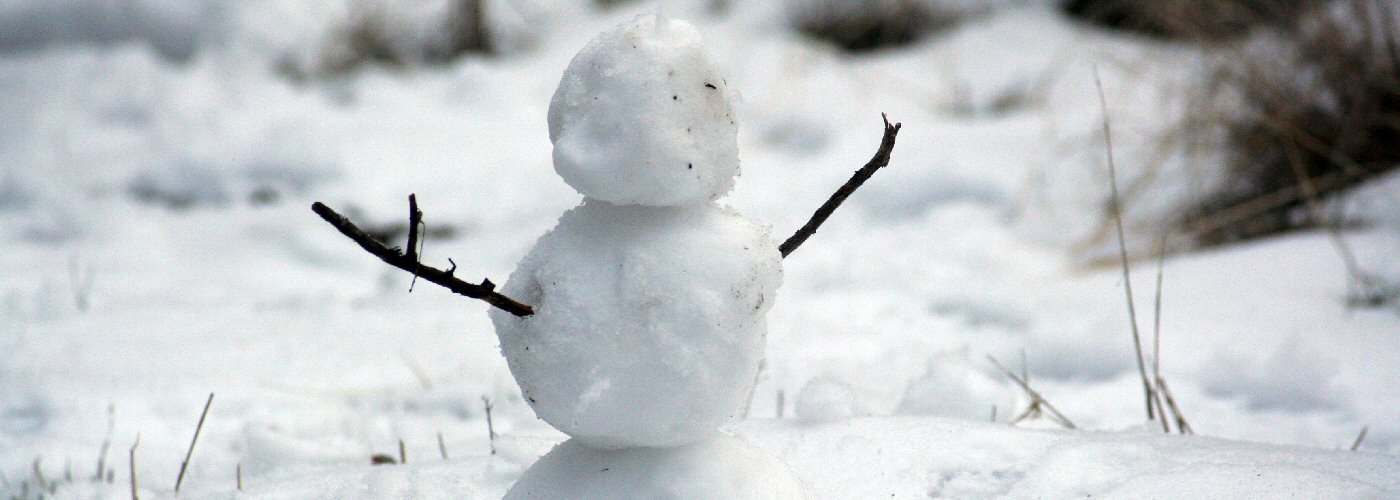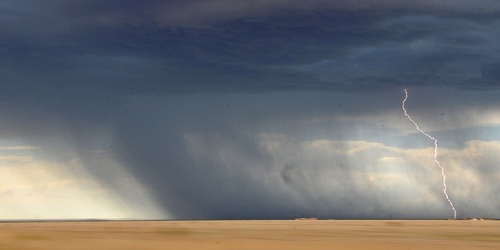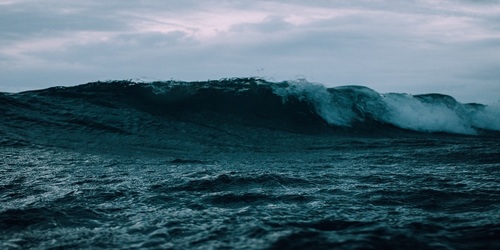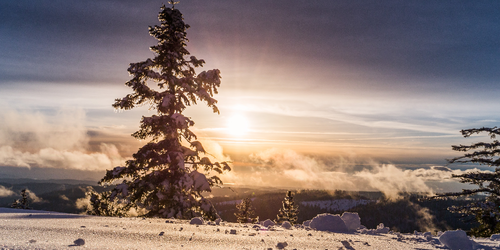

Every so often, a weather event occurs that is so extraordinary, that it becomes ingrained in the memories of those who lived through it. On Halloween of 1991, a storm of this magnitude roared across the northern Plains. This storm produced record snows over the Midwest, along with heavy ice accumulations over southeast MN and IA. The snow and ice in IA was so crippling that 52 of its 99 counties were declared to be in a state of emergency.
The stage for this epic storm was set when an abnormally strong cold front headed southeast across the area on October 29th. This kept highs in the low 30s for MN the rest of the month. Eventually, the strong cold front built southeast into Texas. This lead to an extremely sharp temperature contrast in east Texas, as 80 degree warmth in the Gulf of Mexico interacted with the early season chill behind the arctic cold front. A setup like this creates a volatile atmosphere, allowing subtle features that come into the region to have major repercussions. In this case, a modest upper level disturbance that headed east out of New Mexico initiated the first signature of the low pressure system that would soon become a raging tempest. The track of the low veered nearly due north out of east Texas, and eventually headed into central WI. As the storm moved north, it continued to intensify, as a moisture-laden air mass from the Gulf continued to build northward. Meanwhile, the bitter cold conditions remained just west of the low over MN and IA. This aided in the rapid intensification that the low experienced as it moved from western IL into the UP of MI. It strengthened so rapidly that the low reached the state of bombogenesis. Bomb cyclones, such as this, produce intense precipitation bands along with very strong winds.
Heavy snow, combined with high winds, created blizzard conditions across much of the upper Midwest. The heaviest snow fell just west of the surface low, as amounts of over 2 feet were common from Minneapolis into northeast MN. Duluth, MN measured the highest storm total, as the port city had the formidable challenge of digging out from under 36.9 inches. What made matters worse was the high winds that accompanied the heavy snow. Wind gusts periodically reached as high as 60 mph during the event, resulting in snow drifts of up to 10 feet high in spots. All of this led to numerous road closures across the region, as travel was nearly impossible.
This still stands as the largest single storm snowfall for Minneapolis, as the total snowfall reached a whopping 28.4 inches. It also eclipsed the greatest amount of snow to fall in 24 hours for the Twin Cities, as 21 inches fell during the peak of the storm.
For a graphical look at the snow totals from the historic storm check here. https://www.weather.gov/dlh/1991halloweenblizzard





